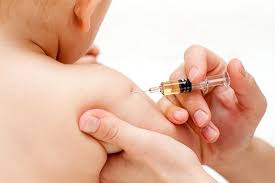Vaccines: Old and New

As the world is starting to undertake an unprecedented vaccination effort to control the current pandemic, it might be useful to look at other historic vaccination programs.
Smallpox
Attempts at smallpox vaccination have gone on for many centuries using material from the smallpox pustules of people with mild cases or from cowpox pustules to inoculate healthy persons. The most widely recorded example occurred in 1768 when Catherine the Great, Empress of Russia, allowed a Scottish physician to inoculate (vaccinate) her. She developed a mild case, recovered after two weeks, and then had fluid from her own pustules used to inoculate her son and members of her court. After Catherine’s heroic action, inoculation became quickly accepted, and by 1780 two million inoculations were administered in the Russian Empire. An alternative and improved method of vaccination was introduced in 1796 by Edward Jenner, who noted that milkmaids who had been infected with cowpox, a skin infection caused by a virus related to the smallpox virus, did not get smallpox. He removed fluid from the cowpox pustules of a young dairymaid and inoculated an eight-year old boy. The child developed a mild fever but recovered – a successful but highly unethical experiment.








